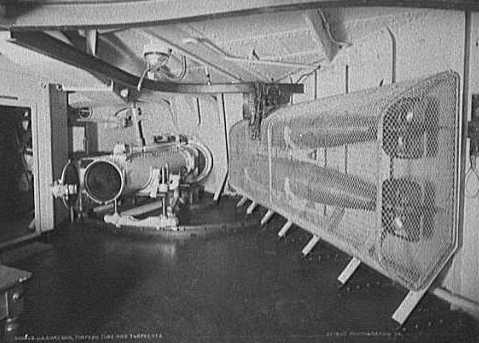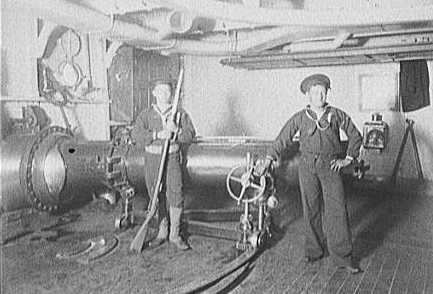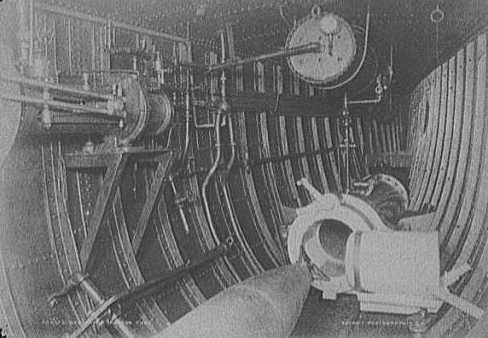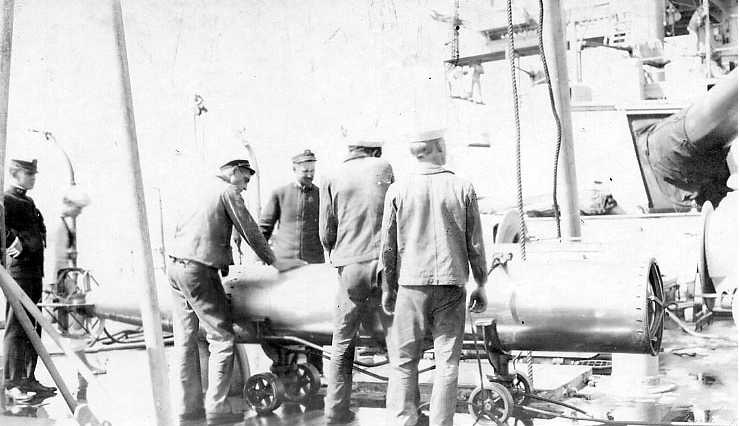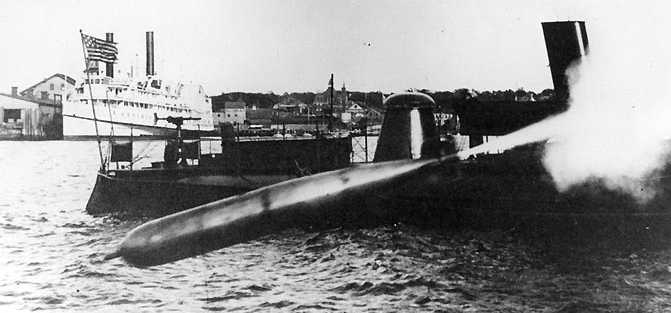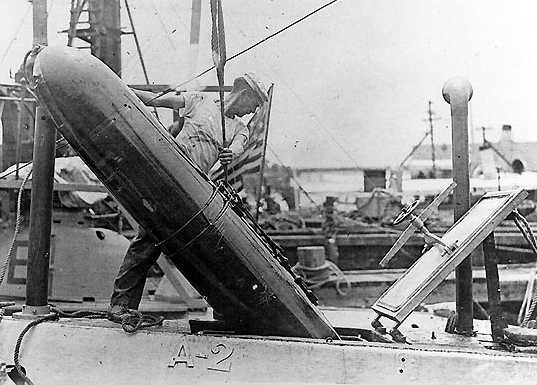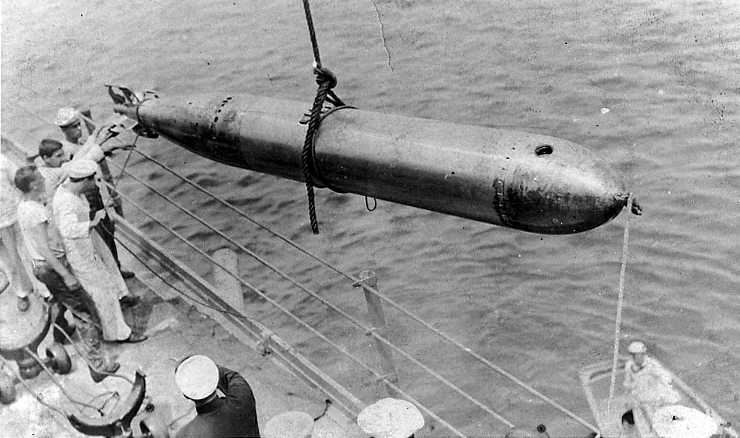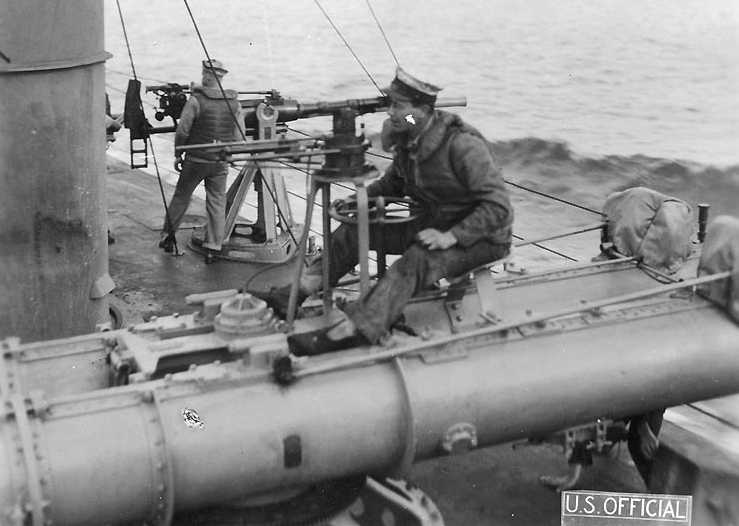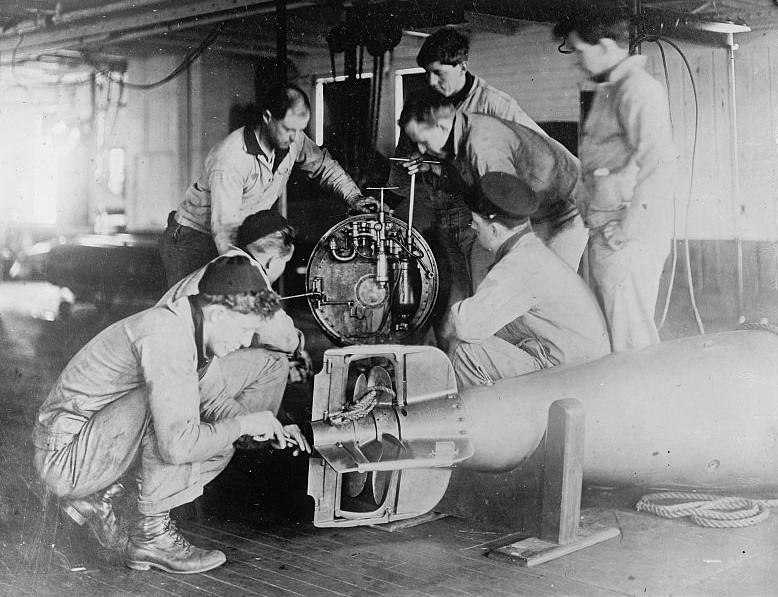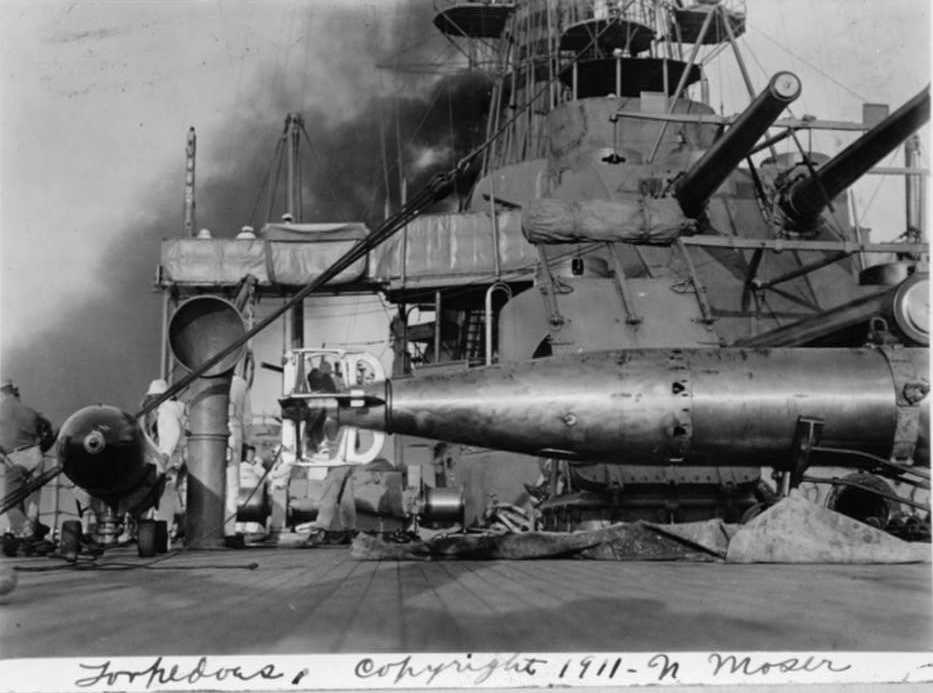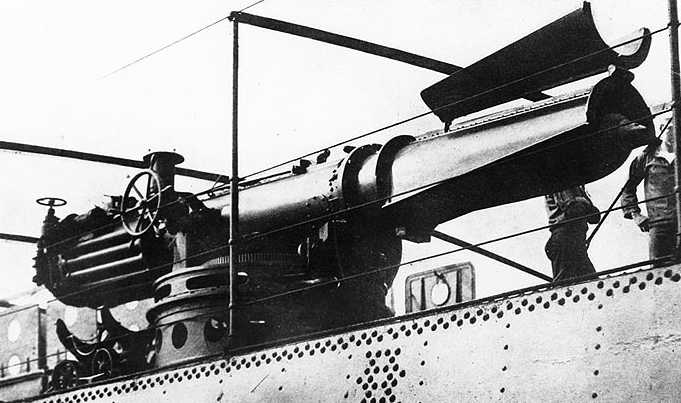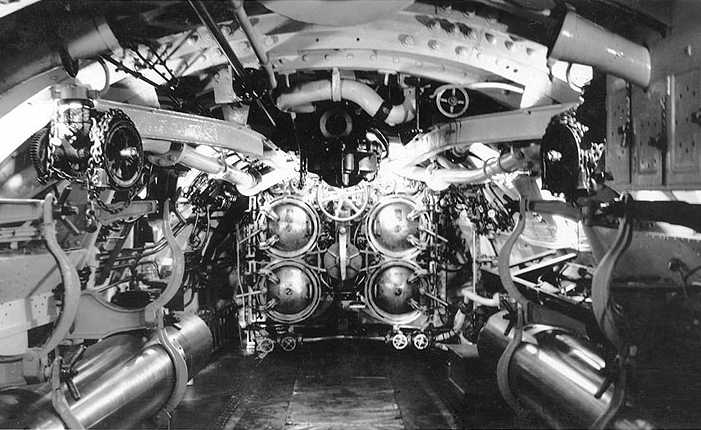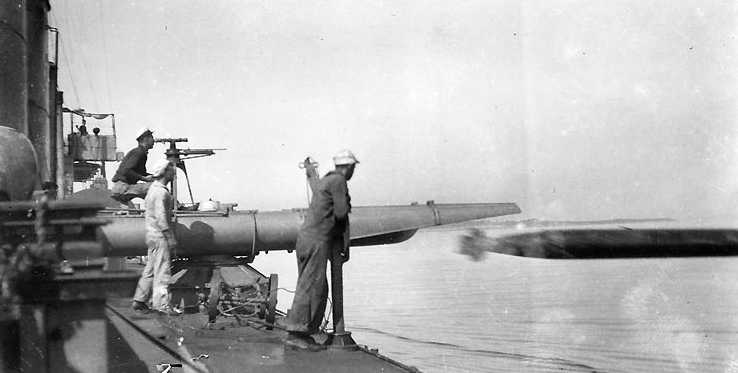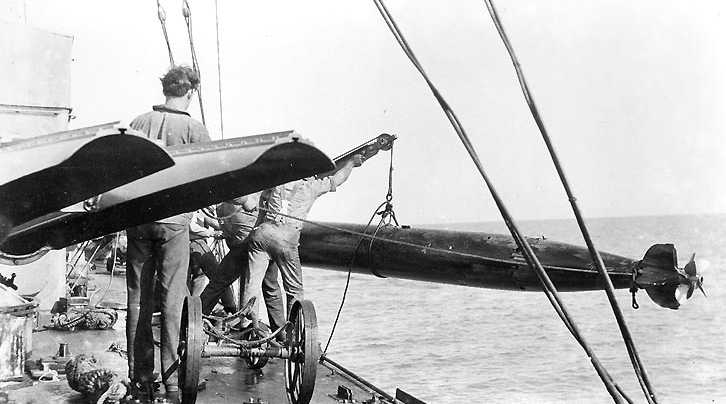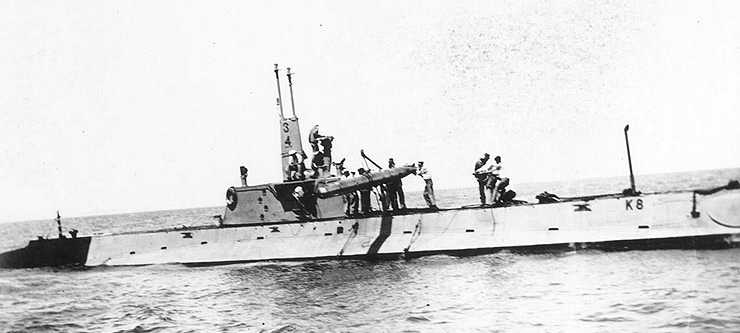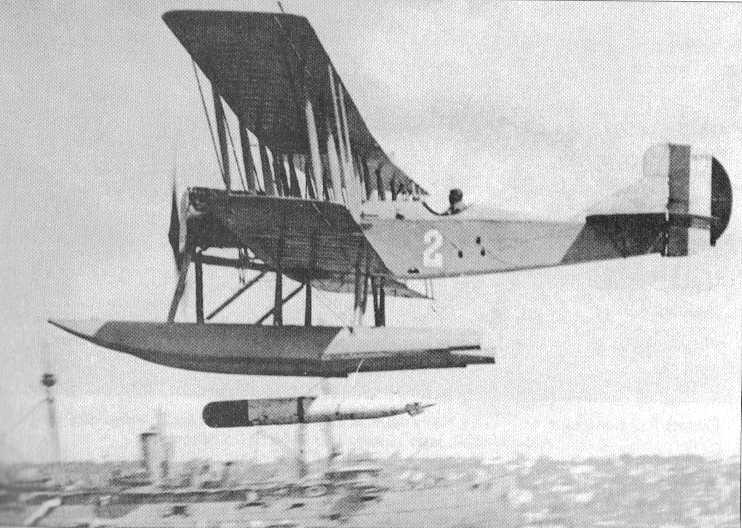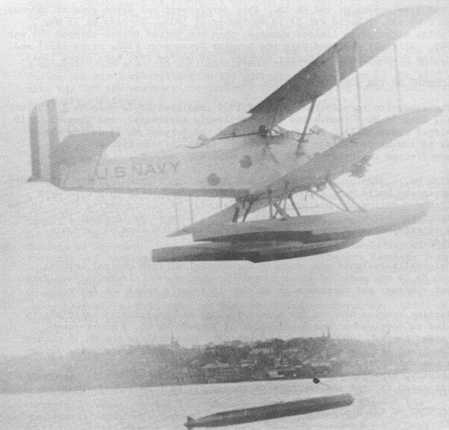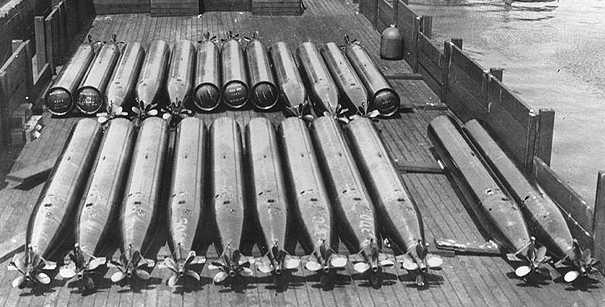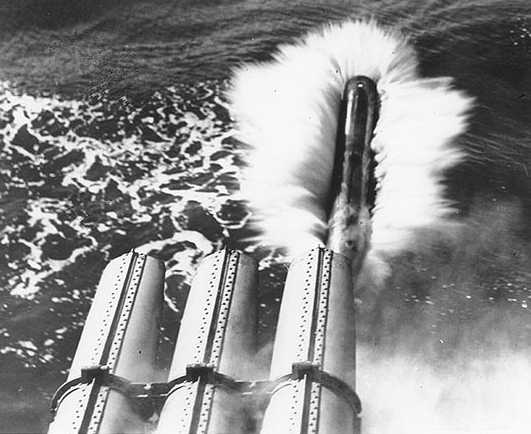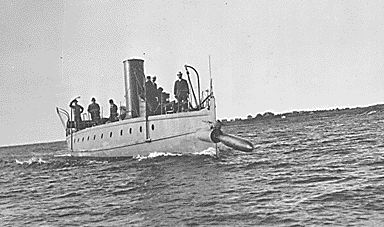
Torpedo Boat Stilletto launching a Howell
torpedo about 1890
|
|
| Ship Class Used On | Small surface ships |
| Date Of Design | Started in 1870 |
| Date In Service | 1895 |
| Weight | 580 lbs. (263 kg) |
| Overall Length | 132 in (3.353 m) |
| Explosive Charge | 100 lbs. (45.4 kg) wet gun-cotton |
| Range / Speed | 200 yards (180 m) at 24 knots, then slower out to a maximum of 800 yards (730 m) |
| Power | 131 lbs. (59 kg) steel flywheel spun up to 10,000 rpm |
| Guidance | Pendulum operated rudder for anti-roll and directional stability |
| Notes: The first USA torpedo, it was smaller and cheaper than the British Whitehead and required no air flask, a difficult thing for the USA to manufacture at the time. As it was flywheel powered, this torpedo did not leave a wake and could steer a straighter course than the Whitehead as its flywheel acted as a gyroscope. The flywheel was spun up by a small steam turbine mounted on the torpedo tube and drove two shafted propellers. Thirty torpedoes were ordered in 1889 with twenty more being ordered in 1894. Placed in service in 1895 and removed in 1903. Difficulties and delays in production led the Navy to investigate the Whitehead torpedoes. | |
